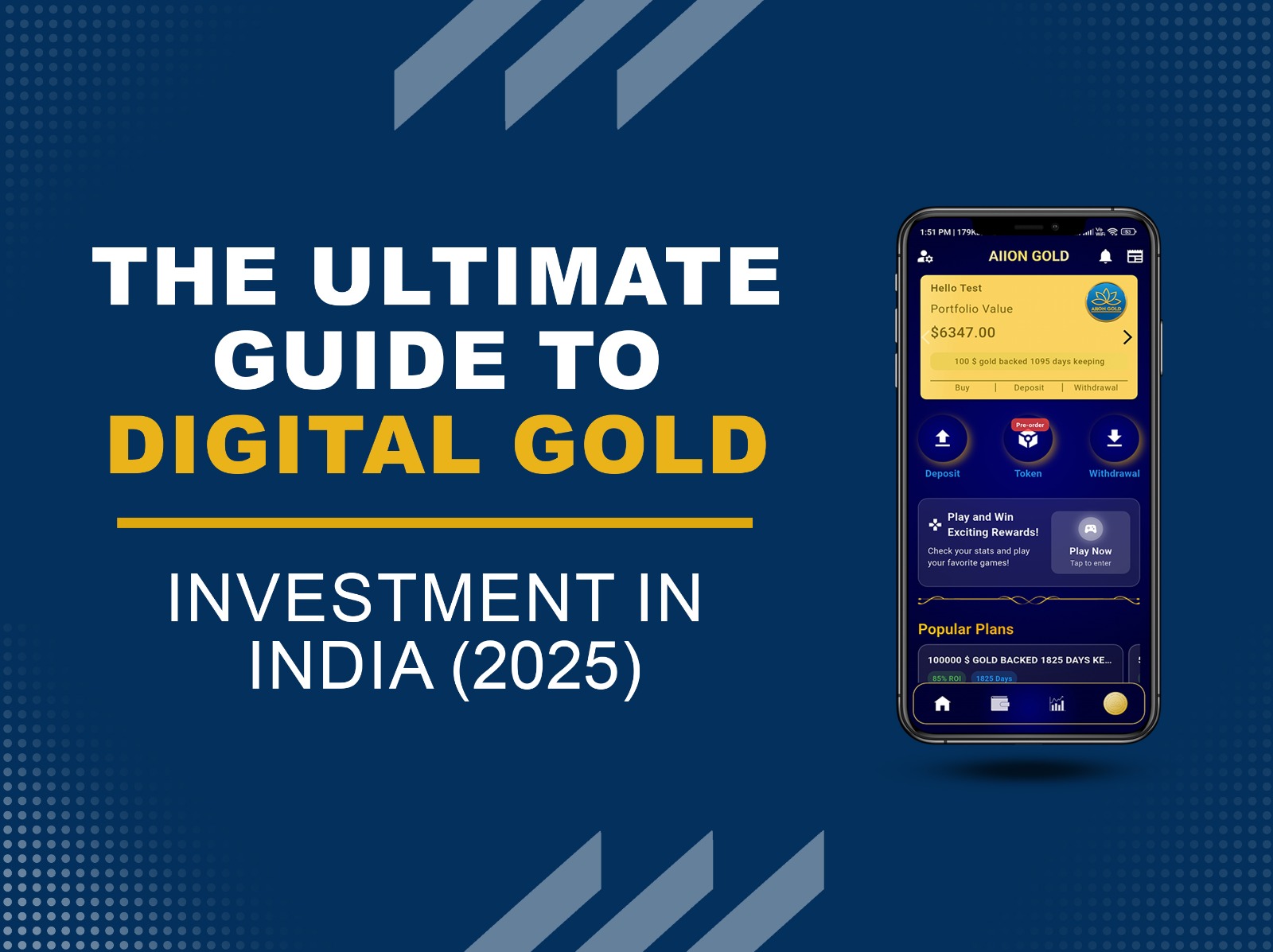Comprehensive Guide to Digital Gold Investment in India


Digital gold has emerged as a modern alternative to traditional gold investments, offering convenience and flexibility to investors. This guide delves into the workings of digital gold, its benefits, potential drawbacks, and how to invest wisely.
Digital gold allows investors to buy gold online, which is then stored in secure vaults by authorized custodians. Unlike physical gold, digital gold offers the advantage of fractional ownership, enabling investments with as little as ₹1. The gold remains in the investor's name, and they can choose to redeem it as physical gold or sell it back through the platform.
Investing in digital gold involves the following steps:
Purchase: Investors buy gold through platforms like Paytm, Google Pay, or PhonePe.
Storage: The purchased gold is stored in insured vaults by authorized custodians such as MMTC-PAMP, Augmont, or SafeGold.
Ownership: The gold is held in the investor's name, ensuring transparency and security.
Redemption: Investors can choose to convert their digital gold into physical gold or sell it back to the platform at prevailing market rates.
Digital gold platforms are accessible via mobile apps and websites, allowing investors to buy and sell gold anytime, anywhere. This ease of access has contributed to its growing popularity, especially during times when visiting physical stores is not feasible.
Investors can purchase gold in small quantities, starting from ₹1, making it accessible to a broader audience. This feature is particularly beneficial for those looking to start investing with minimal capital.
The gold is stored in secure, insured vaults, eliminating the need for personal safekeeping or bank lockers. This ensures the safety of the investment without additional storage costs.
Most digital gold providers offer 24K 99.9% pure gold, ensuring high-quality investments. Transparency in pricing and purity is maintained, allowing investors to make informed decisions.
Digital gold can be sold or redeemed at any time, providing liquidity comparable to other financial instruments. This flexibility allows investors to react promptly to market changes.
Digital gold is not regulated by bodies like SEBI or RBI, which can lead to concerns regarding investor protection and platform reliability. Investors should exercise caution and choose platforms with a good track record.
While initial storage is often free, some platforms may charge storage fees after a certain period, typically ranging from 0.3% to 0.4% annually. These fees can accumulate over time, affecting overall returns.
Digital gold is subject to Goods and Services Tax (GST) at the time of purchase, which is non-recoverable. Additionally, capital gains tax applies upon selling the gold, with short-term capital gains taxed as per the investor's income tax slab and long-term capital gains taxed at 20% with indexation benefits.
Redeeming digital gold into physical gold involves additional charges, including making charges and delivery fees, which can impact the net returns from the investment.
Some platforms impose a cap on the maximum amount of gold that can be stored digitally, typically around ₹2 lakh. This limit may not be suitable for high-net-worth individuals looking to invest larger sums.
Investing in digital gold involves the following steps:
Choose a Platform: Select a reputable platform like Paytm, Google Pay, or PhonePe that offers digital gold services.
Create an Account: Register on the chosen platform by providing necessary details and completing any required KYC (Know Your Customer) processes.
Make a Purchase: Decide the amount of gold to purchase and complete the transaction using available payment methods.
Monitor Investment: Track the value of your digital gold through the platform's interface, which provides real-time updates.
Redeem or Sell: Choose to redeem the gold as physical gold or sell it back to the platform when desired.
| Feature | Digital Gold | Physical Gold |
|---|---|---|
| Investment Amount | As low as ₹1 | Typically higher amounts required |
| Storage | Secure, insured vaults | Personal safekeeping or bank lockers |
| Liquidity | High; can be sold or redeemed anytime | Lower; selling may take time |
| Purity Assurance | 24K 99.9% pure | Varies; may require testing |
| Taxation | GST on purchase; capital gains tax on sale | Capital gains tax on sale |
Investment start :- Aiiongold app download
Digital gold presents a modern, convenient way to invest in gold, offering benefits like fractional ownership, no storage hassles, and liquidity. However, potential investors should be aware of its drawbacks, including lack of regulatory oversight, storage fees, and tax implications. By carefully considering these factors and choosing reputable platforms, investors can make informed decisions that align with their financial goals.